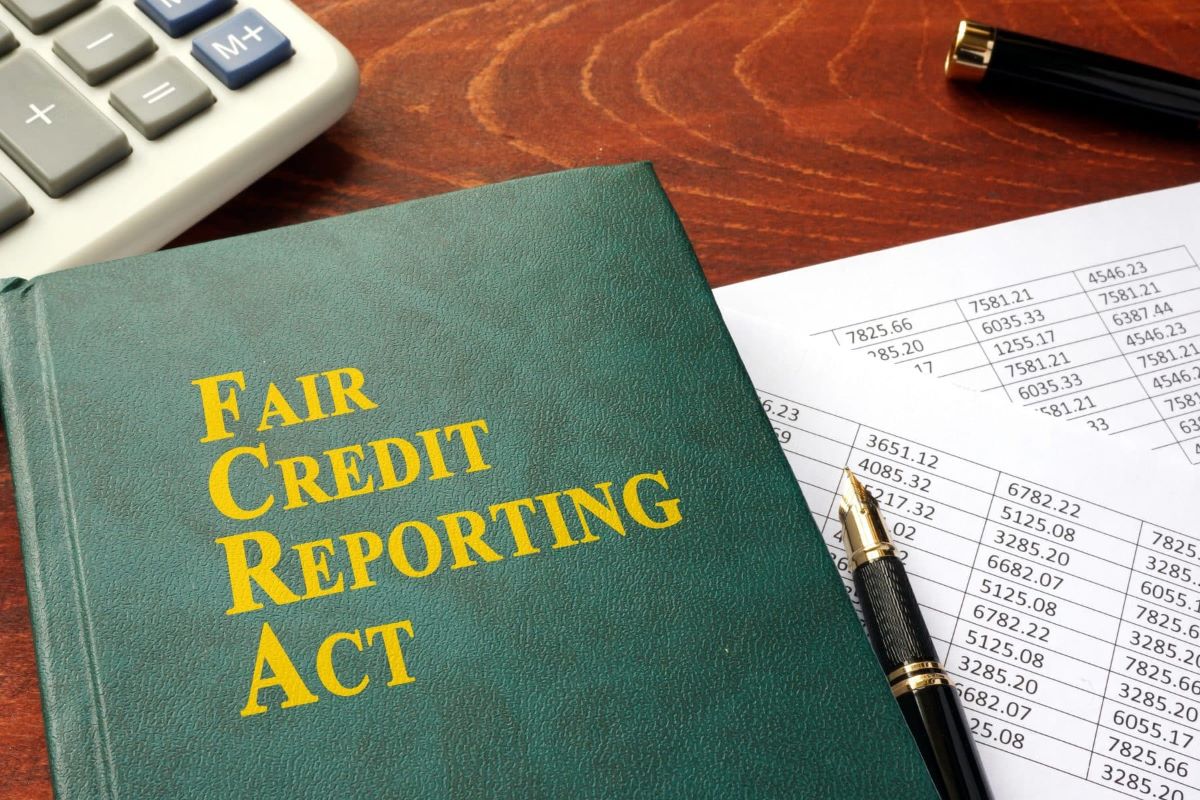Home>Finance>Auditing Evidence: Definition, Characteristics, Example


Finance
Auditing Evidence: Definition, Characteristics, Example
Published: October 10, 2023
Learn the definition, characteristics, and example of auditing evidence in the field of finance. Enhance your understanding of this important concept.
(Many of the links in this article redirect to a specific reviewed product. Your purchase of these products through affiliate links helps to generate commission for LiveWell, at no extra cost. Learn more)
Auditing Evidence: Definition, Characteristics, Example
Welcome to the Finance section of our blog! Today, we will be exploring an important aspect of financial auditing: evidence. In any audit, examining evidence is crucial to ensure the accuracy and reliability of financial statements. In this blog post, we will define auditing evidence, discuss its characteristics, and provide an example to help you better understand its significance in the financial world.
Key Takeaways:
- Auditing evidence is information gathered during an audit to support the auditor’s opinion on the financial statements.
- Characteristics of auditing evidence include relevance, reliability, sufficiency, and appropriateness.
What is Auditing Evidence?
Auditing evidence can be understood as the information and documentation auditors collect and analyze during an audit. It serves as a basis for forming an opinion on the financial statements, ultimately providing assurance to stakeholders about the accuracy and fairness of the financial information presented. Auditing evidence plays a critical role in fostering trust and confidence in the financial statements.
Characteristics of Auditing Evidence
Relevance: Auditing evidence should be directly related to the financial statements, addressing the specific assertions made by management.
Reliability: Reliable evidence can be trusted and corroborated. It is obtained from objective sources, is unbiased, and is free from errors or material misstatements.
Sufficiency: There should be an adequate amount of evidence to support the auditor’s opinion. Sufficiency is determined by factors such as the risk of material misstatements and the level of assurance desired.
Appropriateness: The type of evidence gathered should be appropriate for the audit objective. It can include documentary evidence, analytical procedures, observations, confirmations, and more.
Example of Auditing Evidence
To illustrate the concept further, let’s consider an example. Suppose an auditor is conducting an inventory audit for a retail company. The auditor may select a sample of inventory items for physical counting and compare it to the recorded quantities. This physical count serves as factual evidence to verify the existence and accuracy of the inventory.
In addition to the physical count, the auditor may also examine purchase orders, invoices, and shipping documents to confirm that recorded inventory purchases are valid and properly accounted for. These documents serve as documentary evidence, providing further support to the auditor’s findings.
By combining various types of evidence, the auditor can gain a comprehensive understanding of the financial statements and assess their reliability.
Conclusion
Auditing evidence is the foundation of a successful audit. It enables auditors to form an independent opinion on the financial statements and provide assurance to stakeholders. By understanding the characteristics of auditing evidence and its importance, companies can enhance their financial reporting practices and strengthen their credibility with investors, lenders, and other interested parties.














